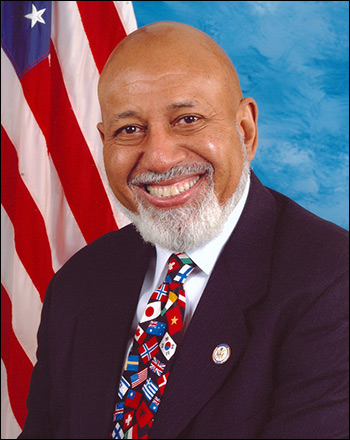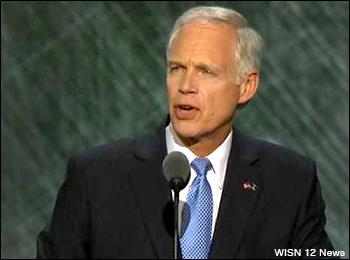By Jim Ellis
 April 8, 2020 — After a long battle with pancreatic cancer, veteran Florida Rep. Alcee Hastings (D-Delray Beach) passed away Monday morning. The 84-year-old congressman was first elected in 1992, and his 28-plus years of congressional service elevated him as the dean of the Florida delegation.
April 8, 2020 — After a long battle with pancreatic cancer, veteran Florida Rep. Alcee Hastings (D-Delray Beach) passed away Monday morning. The 84-year-old congressman was first elected in 1992, and his 28-plus years of congressional service elevated him as the dean of the Florida delegation.
Prior to his service in Congress, Hastings was a federal judge but found himself impeached and removed from the bench over financial impropriety in 1989. He then ventured into the electoral realm with a run for Secretary of State in 1990 where he failed to win the Democratic nomination. In post-redistricting 1992, with Florida gaining four seats in reapportionment, Hastings won a new seat from the region between Miami and Ft. Lauderdale. He would never again be seriously challenged.
Rep. Hastings’ death opens Florida’s 20th District that encompasses parts of Broward and Palm Beach counties to a special election. Gov. Ron DeSantis (R) will eventually schedule a primary and special general to determine a successor who will serve the balance of the current term.
FL-20 is heavily Democratic (’20: Biden, 77-22 percent; ’16: Clinton, 80-18 percent), so the action will be in the partisan primary. Demographically, the seat divides racially as 53 percent black, 24 percent Hispanic, and 19 percent non-Hispanic white.
The gender breakdown favors the females: 51.3 percent. In terms of age, 14 percent are over 65, and 24.1 percent fall under age 18. A whopping 36 percent are foreign born. Concerning education, 83.2 percent have a high school degree, while just under 21 percent own a college degree. There are approximately 18,000 business entities within the district confines.
The House now has four Democratic vacancies and one Republican. Reps. Cedric Richmond (D-LA), Marcia Fudge (D-OH), and Deb Haaland (D-NM) all resigned their House seats to accept positions in the Biden Administration. The lone Republican vacancy is due to Rep. Ron Wright’s (R-TX) death.
Alaska Senate
The Cygnal survey research company just released a poll of a hypothetical 2022 Alaska Senate race now that Sen. Lisa Murkowski (R) has drawn a significant opponent. It is probable that this is the first poll conducted in Alaska that accounts for the state’s newly installed jungle primary system that allows the top four qualifying finishers to advance into the general election.






